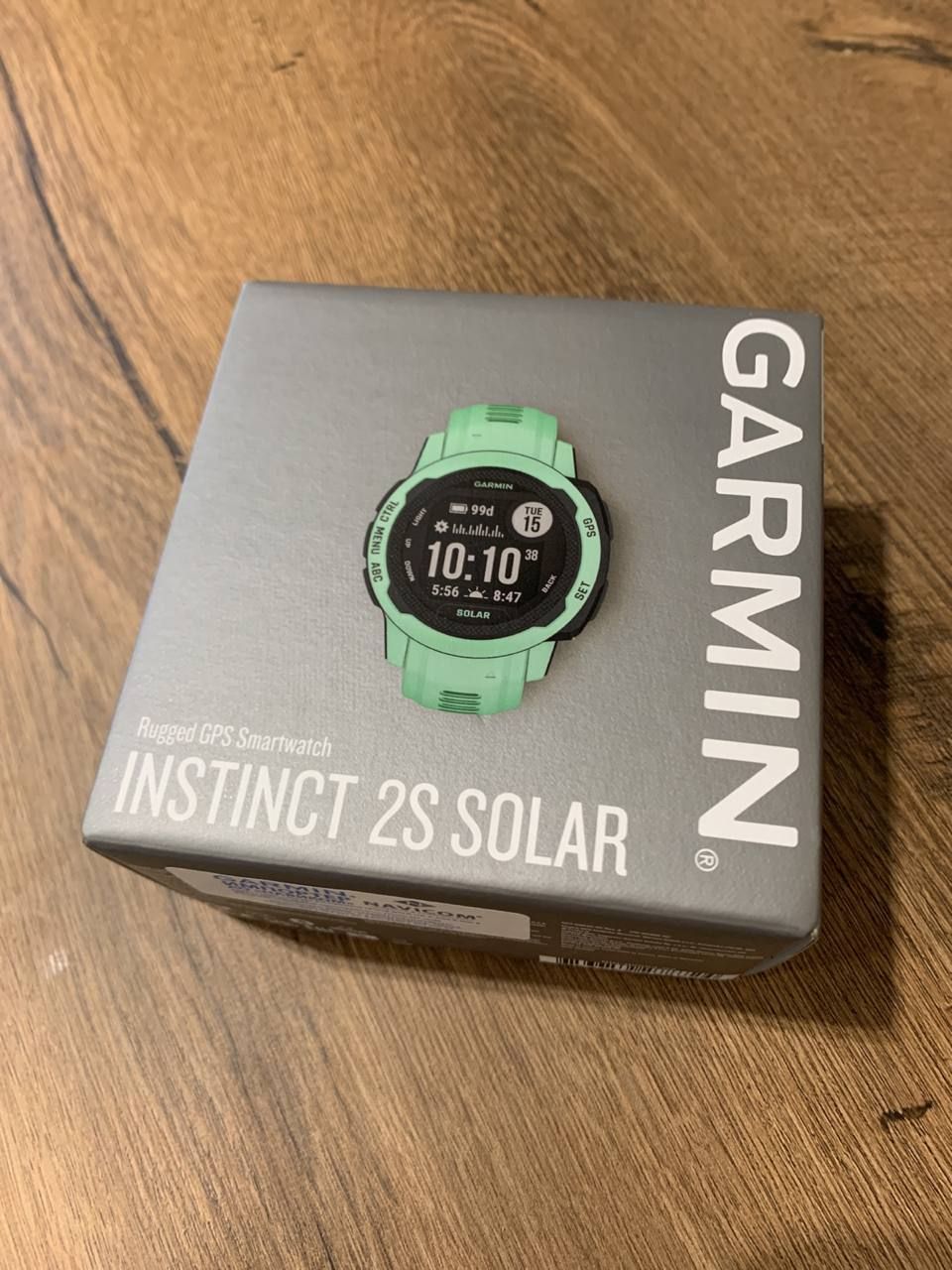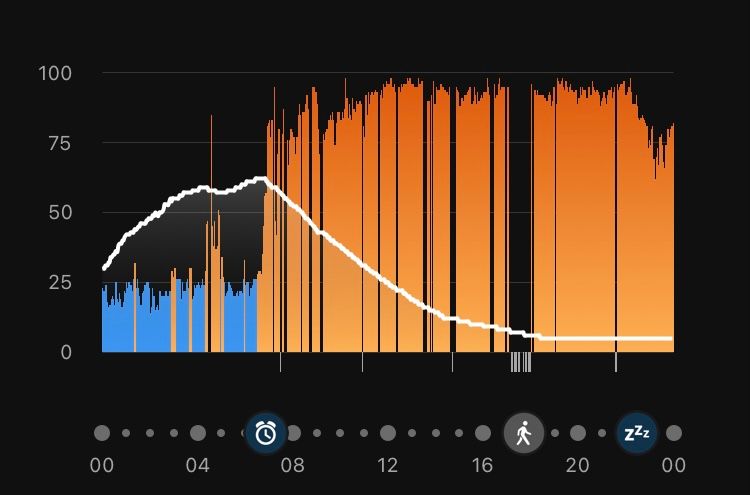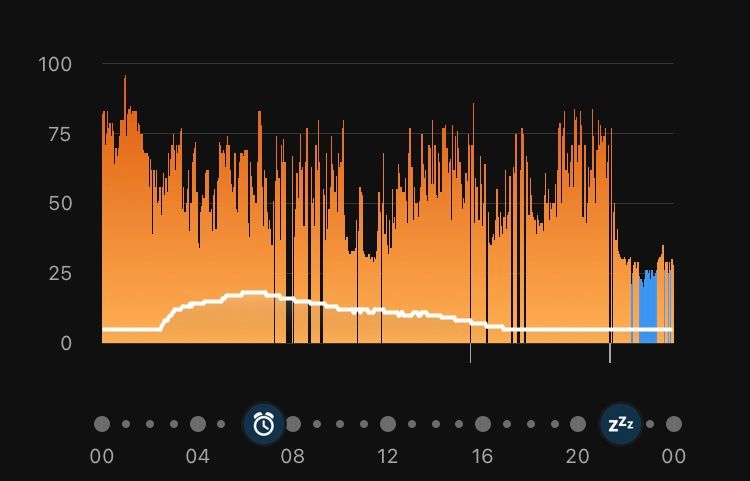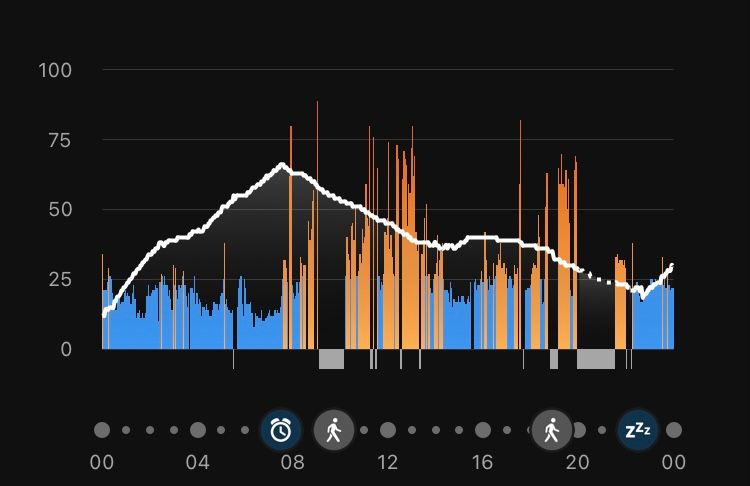Problems with Resources and other
-
@isazi understood, thanks for the information) Then it would be more honest not to add a non-working function to new watch models until it was possible to make it work on the old ones. As I wrote earlier, this is what convinced me to buy Suunto 9 Peak.
Moreover, if the function had been declared as similar but of its Suunto own design, then I would have studied in detail how it works and most likely would have found out about the problem even before buying the watch. But after seeing the information that this is Firstbeat, which I had previously used for a long time and was satisfied with it, I decided to buy the watch.
It 's unpleasant and it makes me think badly about the Suunto company…
-
@isazi Firstbeat being part of Garmin now, do they provide support for their services to ex customers or they just work for Garmin now?
-
All problems are solved )

-
@alexeg
 keep us posted how it performs compared to S9P
keep us posted how it performs compared to S9P -
@alexeg i wonder what you would do if watch says you are so stressed during day. Do you go to sleep? What are you doing if watch tells you night was good or night was bad? Do you really change habits? And you could not feel it before? Only because of watch says it to you? Are we stressed because of our watches? I personally use the watch for sport accuracy (ascent, distance) with belt. Garmins SW is often far from finished.
-
@mountainchris the Body Battery function primarily helps to understand when it is possible to increase the load after an illness. It’s always works. It happens that a week after the illness you feel good, you do a light jog and the watch shows stress at times stronger after it. Then it is clear that you need to rest for another day or two, and then run again easily and compare the result with the previous one.
Here’s an example of what the stress charts looked like during my last illness in October 2021 (it was covid-19):

October 13: woke up and felt fine. A simple hike of 17 km was planned for this day, but there was rain and a fairly strong wind. After looking at the readings of the Body Battery, I decided that I would not go on a hike (the experience of using the watch said that they should be trusted). By lunchtime, the temperature rose and the state of health worsened.

The next day was even more difficult. The graph shows that even at night the stress goes through the roof and the body does not recover. But on the night following it, recovery periods are already appearing (blue color on the chart)

And this is what the data looks like already for October 30, after which I returned to training. Garmin perfectly understands the state of the body and helps to plan the load.
And you can only underestimate this function if you haven’t used it before. And Suunto deceives its users when they claim that their watches can do the same.
-
@freeheeler I have been using it for only a week and there are no problems yet. Everything works clearly, with daily runs with GPS, the battery has run out by 40% (shows that the watch will work for another 11 days).
But I think it’s too early to draw conclusions, let it take at least a couple of months )
-
@alexeg said in Problems with Resources and other:
Suunto deceives its users when they claim that their watches can do the same
the nice thing about an open and free market is that everyone can decide what features matter the most for someone’s needs and hence decide for a specific product


-
@alexeg I am glad you are happy but I do not believe either Resources on Suunto or Body Battery on the Garmin tells me anything I don’t already know and they are both frequently wrong. The science on these features is highly questionable. I would be cautious using either to tell me what to do. Yes, I have a Garmin too and understand the feature.
-
@alexeg I think the Instinct 2 is a great watch. You can get the non solar versioin here for under 300.- €.
I could really imagine, that a monochrome Suunto watch with all the excellent Suunto stuff , like Fusedalti etc. would be a good selling device for all those trailrunners, skiing sports and moutaineers here :-).
-
@alexeg said in Problems with Resources and other:
@mountainchris the Body Battery function primarily helps to understand when it is possible to increase the load after an illness. It’s always works. It happens that a week after the illness you feel good, you do a light jog and the watch shows stress at times stronger after it. Then it is clear that you need to rest for another day or two, and then run again easily and compare the result with the previous one.
Here’s an example of what the stress charts looked like during my last illness in October 2021 (it was covid-19):

October 13: woke up and felt fine. A simple hike of 17 km was planned for this day, but there was rain and a fairly strong wind. After looking at the readings of the Body Battery, I decided that I would not go on a hike (the experience of using the watch said that they should be trusted). By lunchtime, the temperature rose and the state of health worsened.

The next day was even more difficult. The graph shows that even at night the stress goes through the roof and the body does not recover. But on the night following it, recovery periods are already appearing (blue color on the chart)

And this is what the data looks like already for October 30, after which I returned to training. Garmin perfectly understands the state of the body and helps to plan the load.
And you can only underestimate this function if you haven’t used it before. And Suunto deceives its users when they claim that their watches can do the same.
They claim a different thing btw. But the metrics are in most watches other than Apple Watch and FitBit on this front are still questionable and almost useless (the tell you what you already know …)In any case , I really feel that the watch should not be replacing us